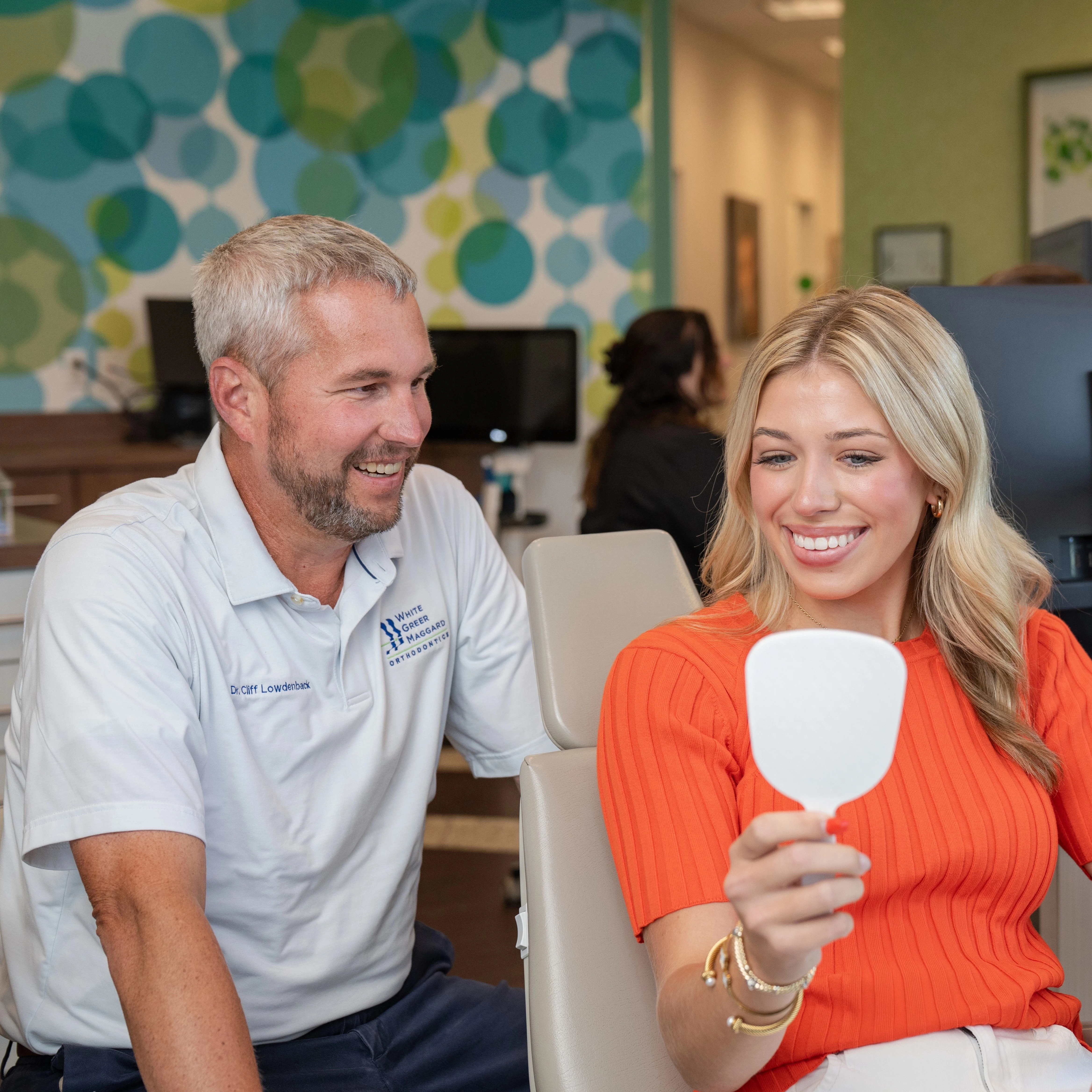April 02, 2019
Beat Your Dental Anxiety: What to Expect During Your First Orthodontist Consultation

What is an orthodontist? What does an orthodontist do?
Orthodontics was the first dental specialty and was founded in 1900. It’s been around for as long as it has because before it’s time and to this day, people need someone to correct misplaced teeth and jaws. And that’s what the orthodontist is for!
It’s common for children to see an orthodontist, but you’re never too old to get started on a beautiful smile. So whether you’re looking to correct your smile or your child’s, an orthodontist is here to help. But before scheduling your first appointment, you’ll need to set up an orthodontist consultation.
Not sure what to expect at your first orthodontic consultation? No need to worry, because we have everything you need to know about your first consultation right here. Keep reading for a full guide on what to expect.
Medical & Dental History
Before getting started, the first thing your orthodontist will do is have you fill out important paperwork regarding both your medical and dental history. Both are extremely important. So, try to make sure that everything you fill out is correct.
The orthodontist looks through all your dental records. This helps determine the last time you saw a dentist, the last time you had x-rays done, and more. This information combined with your general medical history is all taken into consideration by your orthodontist before further decisions are made.
Each individual circumstance is different from the next because everyone has different needs or dental issues.
Oral Examination & Imaging
The next step of the orthodontist consultation is an oral examination and imaging. Completing an oral examination allows your orthodontist to see any issues that might not have come up in your records. For example, you might have a cavity that needs filling and must be done before having braces put in place.
The examination may include the following:
- Oral examination using hand tools where your gums and teeth can be examined
- Dental molding using a dental putty that molds to your teeth
- Dental imaging in the form of x-rays that may include both your teeth and jaw
It’s a process very similar to a normal dentist visit. And if you have experience at the dentist, then this should be a familiar experience. The oral examination and dental imaging determine what dental care needs to take place before moving forward.
There may be outstanding dental issues that need to be addressed and corrected before receiving orthodontic care. And an orthodontist can detect minute dental issues in children regarding their teeth and jaws while baby teeth are still present.
Initial Treatment Plan
After going through your records and completing the examination, your orthodontist will then put together an initial treatment plan. This treatment plan may include having dental issues corrected first. You will need to schedule an appointment with your dentist to correct the problems.
The treatment also includes what method will be used for the best results and how long it will take to achieve them. The treatment plan is an important step during the consultation because it gives the patient a better understanding of what to expect from the actual procedures they’ll be getting.
Questions & Answers
Now is the best time to ask any questions that you may have. Your orthodontist will give you an adequate amount of time to think of your questions. He or she will be happy to answer them and walk you through any concerns that you have.
You may also be given educational materials on the service that you’ll be receiving. Usually in the form of a brochure, these materials are helpful and something that you can take home to go over whenever you’d like to.
Insurance & Payment
Once you’ve gathered all of this information and your orthodontist has everything they need, the next step is discussing insurance and payment options. The orthodontist cost for a procedure differs depending on each individual situation. Your orthodontist will have options for you no matter what the cost.
The office will review your insurance and then discuss with you the next course of action. Financing is also available in a variety of options. The most important thing is making sure that you’re provided with the best orthodontic experience as possible.
And because some insurances don’t cover the orthodontist, it’s important to have financial options available to you.
Scheduling Your First Appointment
The final step or completion of your orthodontist consultation is to schedule your first appointment! If you don’t have any other dental work that needs to be done beforehand, then you’re free to schedule. This is something that can usually be done directly after completing your initial consultation.
And when planning the best date and time for the first appointment, keep in mind that you may need to allow anywhere between half an hour to an hour for a fitting of braces or Invisalign. So plan accordingly so that you can feel relaxed and you can know exactly what to expect.
What’s Stopping You From Your First Orthodontist Consultation?
Doing anything for the first time is a cause for anxiety. But scheduling your first orthodontist consultation without knowing exactly what to expect is nerve-wracking. But with this full guide, you can put your nerves to rest because you now know exactly what to expect at your first visit!
So stop procrastinating and get yourself or your children onto the road towards a better smile! To schedule your first consultation, head over to our new patients page today and learn more on how we can help you get the results you want!
Continue Reading
Award-Winning Smiles
Transform Your Smile
with Expert Care
Book Your Free Consultation Now
Book Free Consult(opens in new window)